|
The British Museum has a show of Munch prints called Love and Angst. It is only on until 21st July so you don't have much time. As you may expect from Munch it is heavy on the Angst, starting as it means to go on with a self portrait print of Munch with a skeletal arm (above). A symbol, and quite a heavy handed one (pun alert) of his mortality. Munch, particularly in this picture looks like a slightly maniacal priest, who ironically the Lutheran influence of he was desperately trying to escape. Its a powerful image though with just that face and that arm, looming out of the darkness. The show uses the prints to chart Munch's life but more interesting to me at least it also shows the printing techniques he used and his artistic influences. Many of the images are quite striking. Like for example these two heads. Incidentally like many male artists, particularly of the Impressionist type period, Munch had a problem with women. Maybe tortured misogyny is a driver to artistic production in some people who knows. Anyway the display of the two prints, one monochrome, the other slightly coloured, is a good touch (above left). Underneath them is the woodblock (above right), which can be assembled in a jigsaw fashion so that the pieces can be coloured separately to produce the colour version. In a similar vein you get an example of lino-cut printing with the finished version, a semi naked female torso surrounded by a shimmering halo effect, bordered by this odd red edging emerging from a disturbing skeletal fetal figure (above right) . All sorts of imagery going on here and nearby you get the revers image inscribed on a stone (above left) from which it was printed. There is a great deal about the influences on Munch; impressionism, Ibsen and so on. What it doesn't mentioned but really struck me as an obvious influence was the art of the Saami people and other indigenous Scandinavian cultures. Maybe it is just an aspect of the printing technique, but the strange almost archetype figures, the swirling clouds, the bone like devices certainly reminded me of this. If you like this that style of art (and also Munch's prints) then can I recommend this.
There seems to be a strong pre-raphelite tinge to particularly these prints, the swirling red hair, draping everywhere. Maybe I am straining to see something that isn't there. I like these two prints despite my rant. The use of black, with the figures emerging out of the darkness. It is the same thing that appeals to me about the self portrait that open the blogs but it really highlights the drama of the pieces. The man himself appears a few time. He is never happy (actually if you ever do a self portrait it is really hard to one in which you look other than pensive, it is a function of the concentrating on drawing I think). Often very miserable as in this lonely self portrait of him in this scratchy cafe, looking slightly bemused and with only a ghostly faceless figure for company (above left). Of course there is the scream (above right) and the oft told story of its genesis. Even in black and white it is a powerful image. The prints are excellent and interesting images, and I am glad I've seen them. There are however in the show two of Munch's paintings (above). They are very good and frankly they blow the prints out of the water. I cam away, pleased I'd seen what I'd seen but wishing the show had just been of his paintings. The two are the Sick Child (above left), a hearfelt rendition of loss and pain, built from his own experiences of the death of his sister. The depiction of tender mortality with these swirling muted colours really hits home. The red on the green, and the haloish whiteness of the pillow. The carer (Munch's aunt), head bowed. It is a wonderful work. Not quite hitting this work, but still excellent is a portrait of Munch with a woman to whom he was briefly engaged (above right). After they split up he cut the painting in half but it seems to me from the pallid depiction of her that he was never entirely keen on here in the first place. That is not a loving expression of love but one of rage. And who on earth is that greenish gooblin in the background? Is it jealousy incarnate? The strongest prints are in the final room. There are two sets. One is a similar setting to the scream. Three people, possibly women (above left) peering out over a view one version in black and white, the other this alarming blood red making an appearance.
The other set (above right) has this couple getting closer and closer to a forest. The one shown is the final of the three. They are always in the same pose (he is clothed, she naked or apparently so), just the landscape changes. This is an alarming modern image and one I am sure I have seen in various form in a number of current artists work. Its good though. Go. You don't have long. Next week I shall be talking about, hmm, Leonardo possibly.
0 Comments
Leave a Reply. |
Archives
June 2024
Categories |

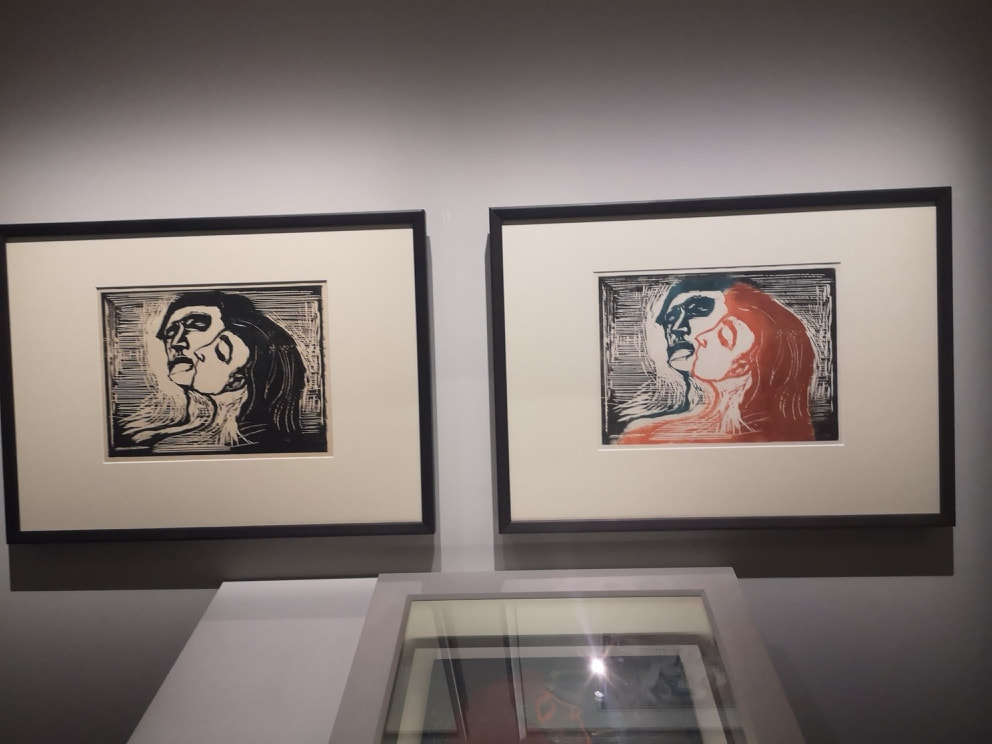



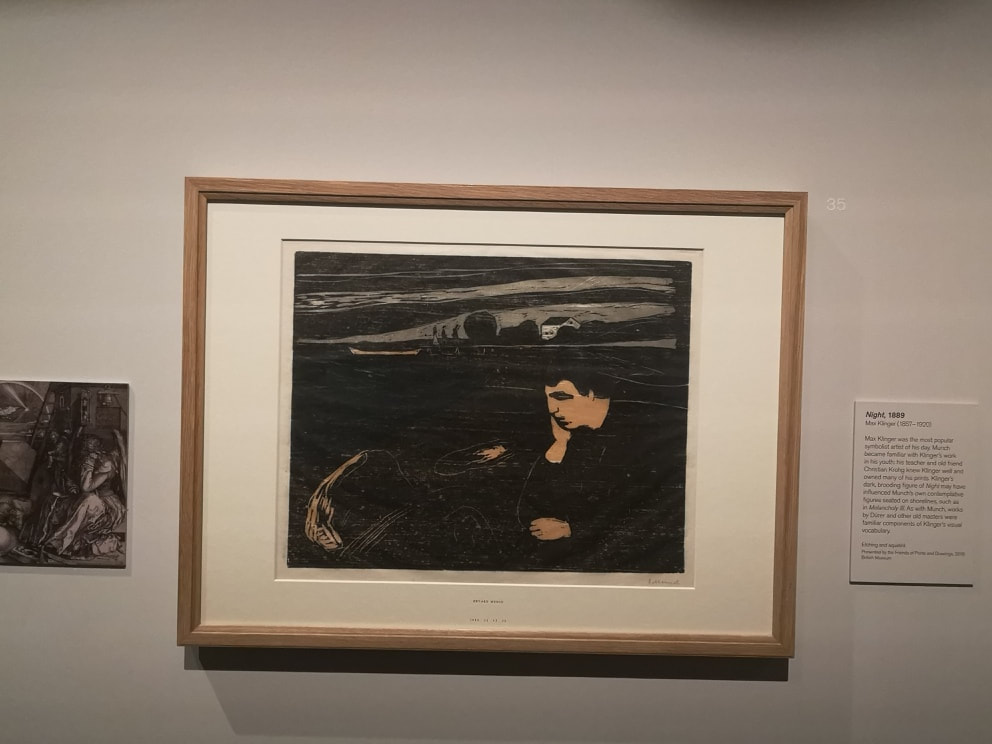
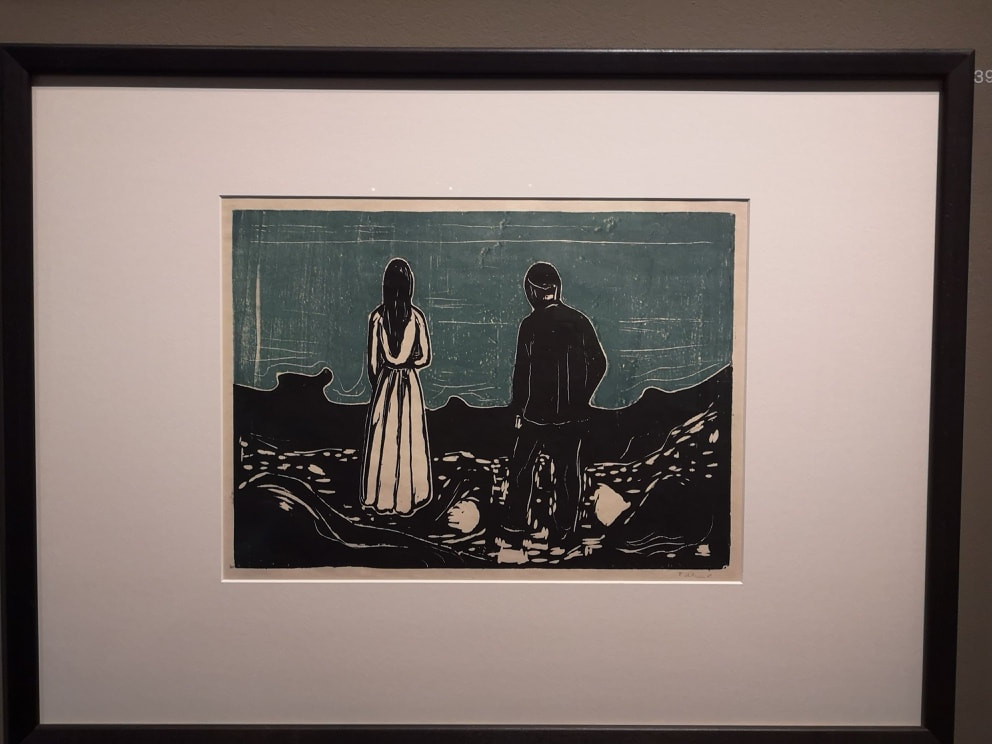


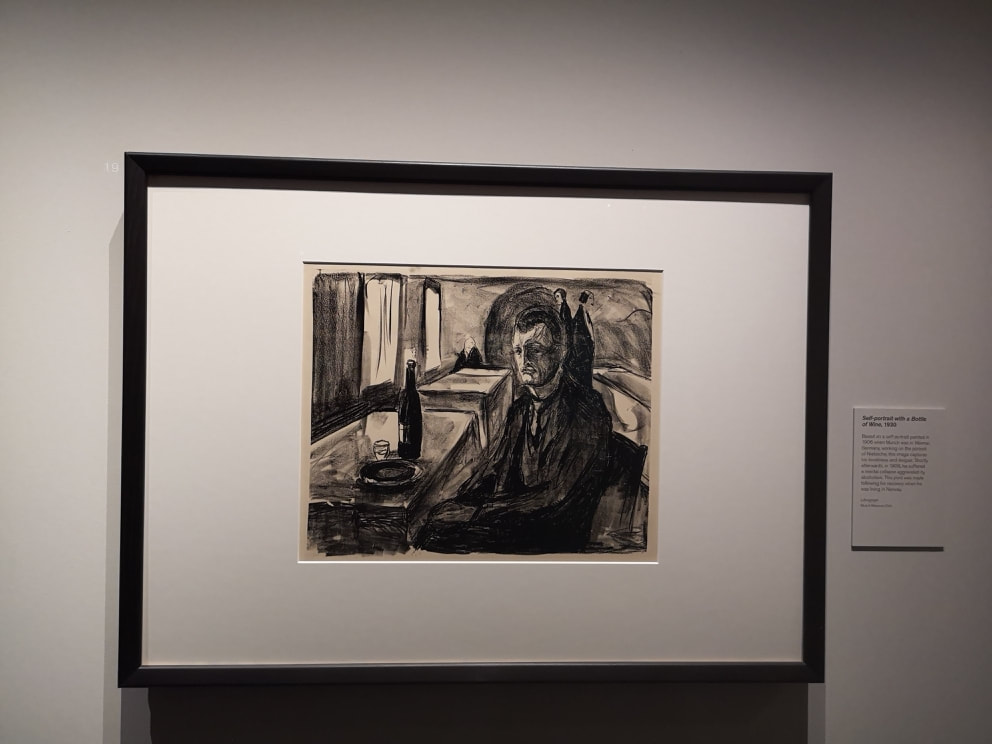




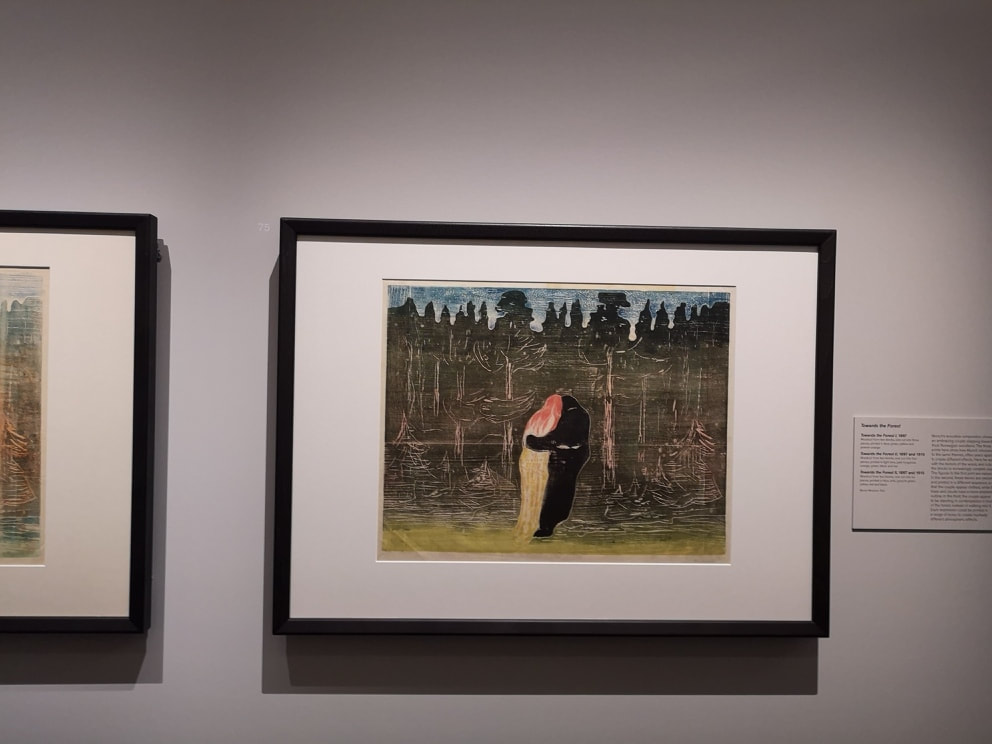
 RSS Feed
RSS Feed